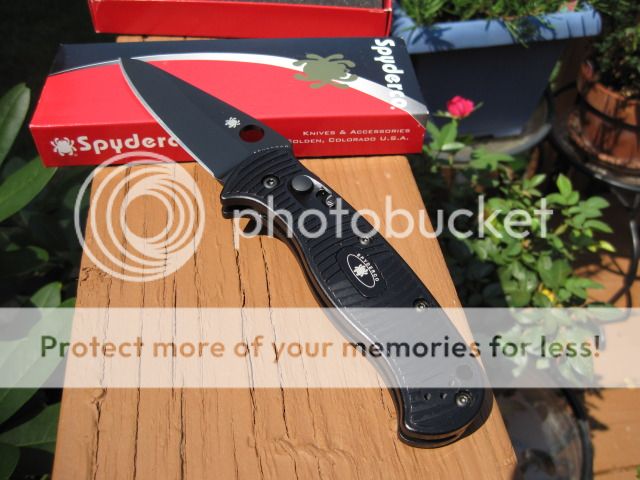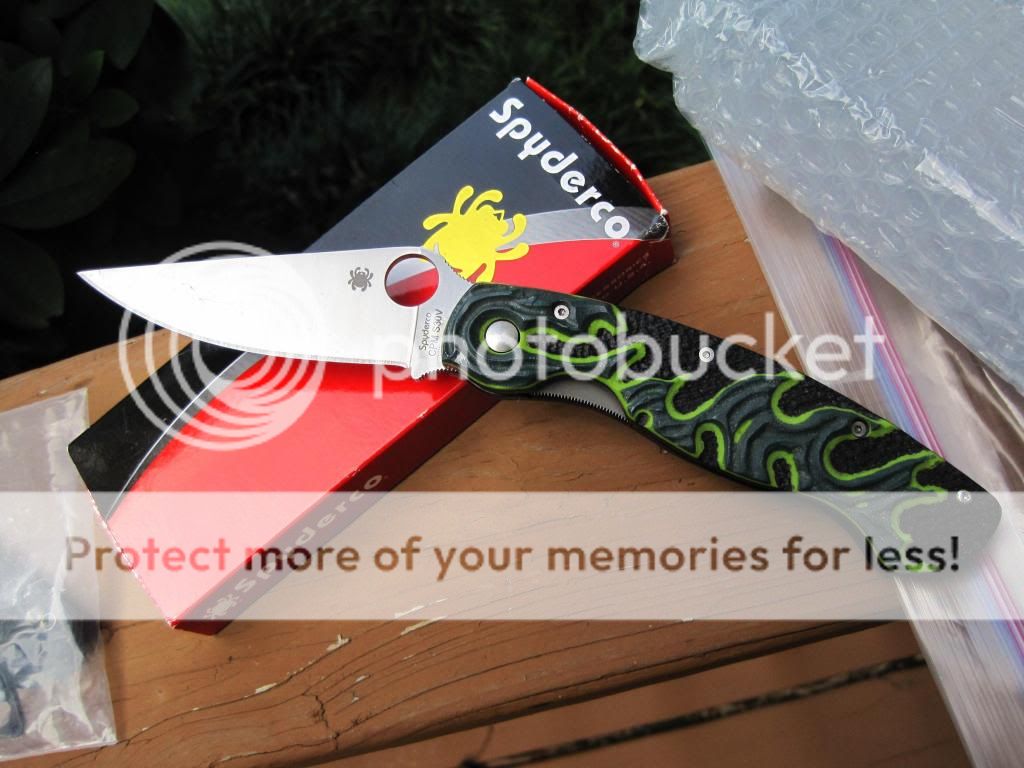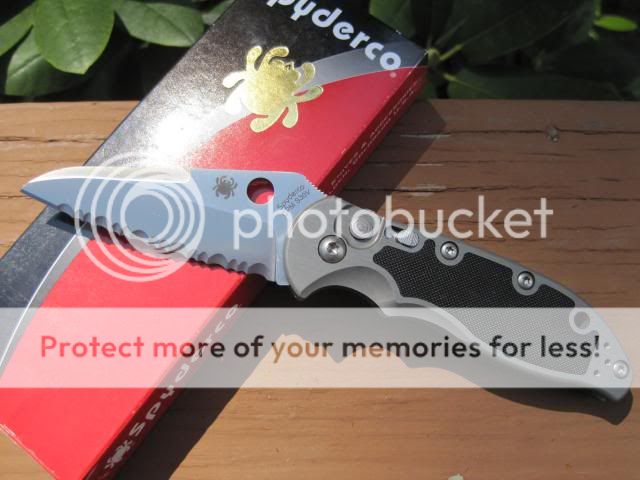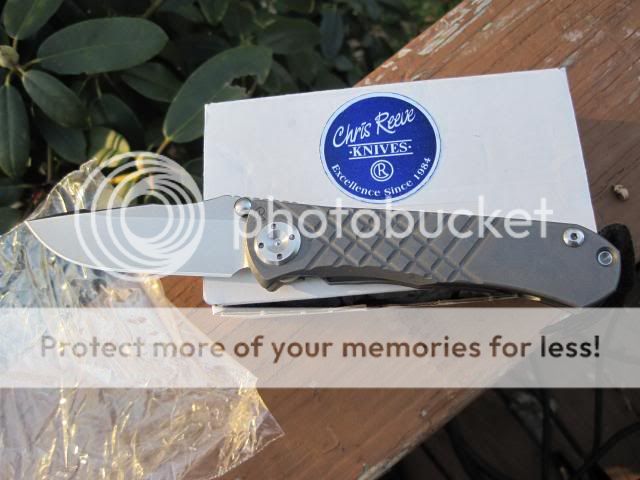Riz!
Platinum Member
- Joined
- May 5, 2014
- Messages
- 4,144
I was looking at the southern grind line of knives love the style but couldn't pull the trigger being it was 14c28n and not s30v or +.
Ironically enough... The Southern Grind Bad Monkey is the knife that inspired me to start this thread! I got it today and it is much much nicer than I expected it to be. The fit and finish is superb. The knife is comfortable in hand, smooth as butter, and sharp! Its blade is a satin drop point, about 1/8 inch thick, 4 inches long, with a flat sabre grind. What I did not expect was that the actual edge is convex ground and mirror polished. It zips through paper and I used it at work today to cut a bunch of heavy plastic straps. With no loss of the shave capability. It is so nicely designed and constructed that as long as the steel provides reasonable service I will not regret this buy at all. It seems to be the total package. After I have some carry time in, I will report back on the steel.
Here are two comparison photos of my new EDC...
As you can see it is quite large, but it is light and thin so it carries very well.








